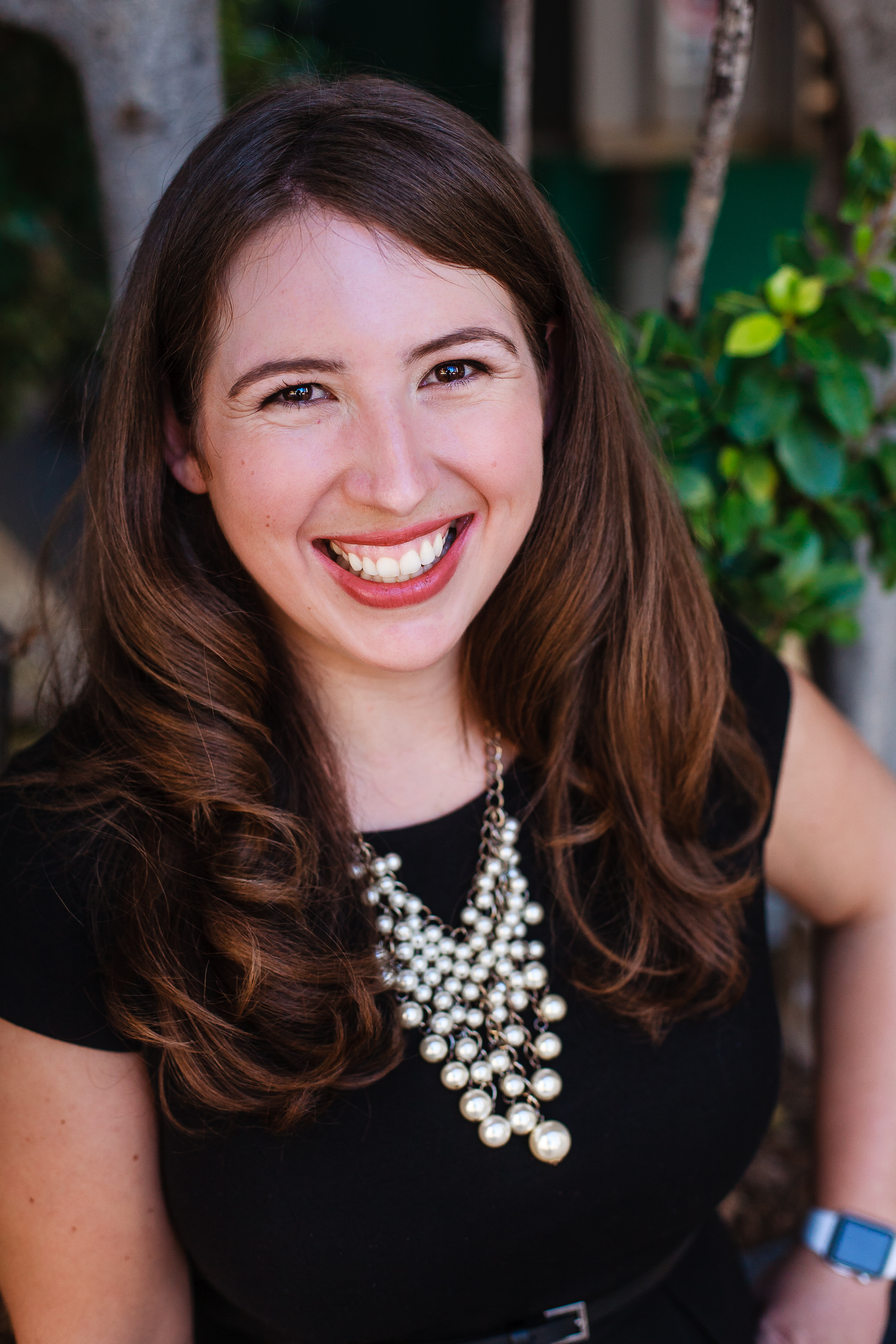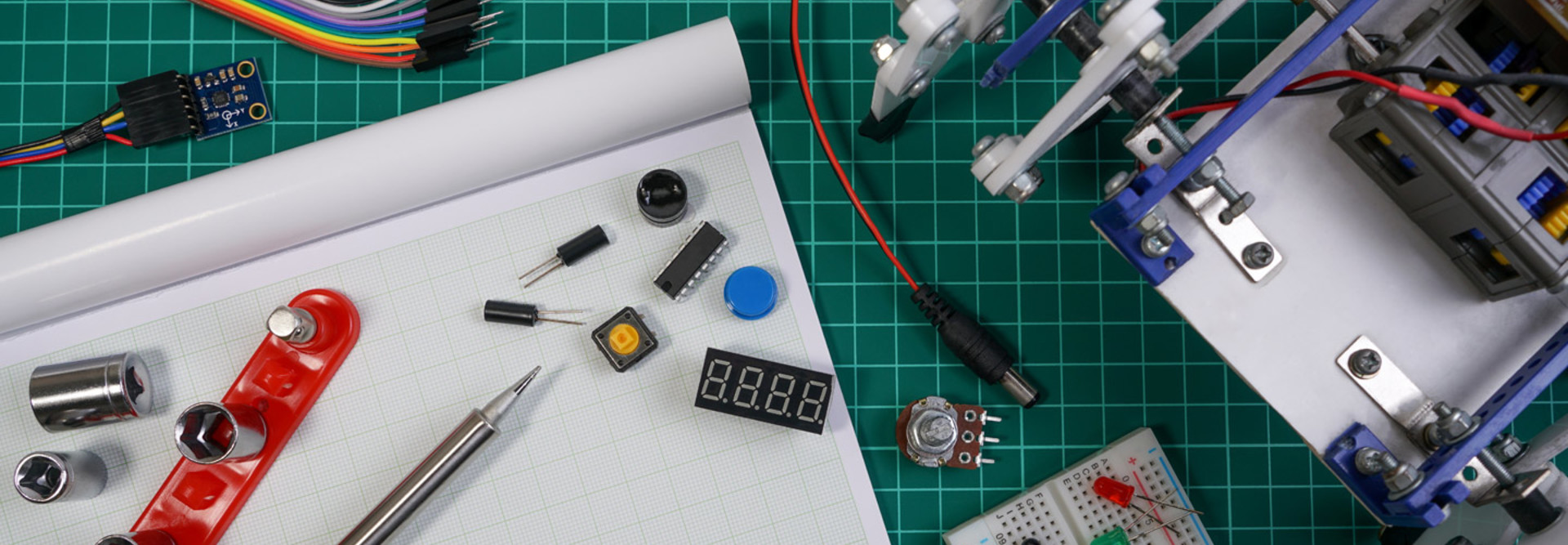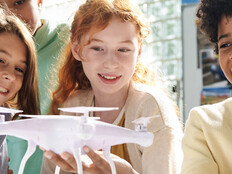Makerspace Educators Need Professional Development, Too
During my tenure as technology director at St. Stephen’s Episcopal Day School in Miami, the idea of makerspaces — collaborative workspaces that are growing more and more popular across the country — intrigued me, from both a pedagogical and a technological perspective. I decided to base my doctoral thesis on them: “Tinkering in K–12: An Exploratory Mixed Methods Study of Makerspaces in Schools as an Application of Constructivist Learning.”
What I found during my research was that more professional development on makerspaces is desperately needed. In fact, an astounding 40 percent of makerspace teachers reported that they had received no PD on makerspaces at all. That’s 40 percent too many. PD needs to be available to all administrators and educators interested in implementing these classes that break the traditional teaching mold.
Teachers May Be Unfamiliar With Makerspace Pedagogy
When transitioning to a makerspace, the focus often shifts to the shiny tools (3D printers! laser cutters!) and sidelines pedagogy. The constructivist approach can be difficult for teachers and students because it is so different from the traditional classroom routine.
The transition to the freedom of a makerspace can be a shock for students, and it can be challenging for educators to relinquish control. However, after adjusting to a new pedagogical approach, teachers can champion the cause of makerspaces, celebrating the meaningful impact they have on students’ lives. Makerspaces can give teachers an opportunity to recognize student talent that may be overlooked in a traditional classroom setting.

Ashley Cross, manager of membership and member services for the Association of Technology Leaders in Independent Schools.
I also found that many educators supervising the spaces have no confidence in themselves as makers. Would you hire a math teacher who proclaimed he or she didn’t know multiplication? As a group, women said they were the least comfortable with programming and prototyping.
One of the foundational pillars behind makerspaces is computational thinking, yet when asked how frequently computational thinking is found in the classroom, the answer is consistently low. If coding is to remain, we need to educate teachers on the fundamental thinking behind these tools. The goal of coding in education is not to make every child a computer programmer; instead, analytical computational thinking can transfer across disciplines to enhance a student’s thinking repertoire.
District Leaders Should Invest in Community
PD focused on design thinking and supported by constructivist pedagogy is an excellent place for districts to start. Offer a book study on Invent to Learn (the authors have created a study guide).
Teachers can engage in a meaningful way by joining a book study massive online open course, on books such as The Innovator’s Mindset, Learner-Centered Innovation and Empower: What Happens When Students Own Their Learning.
In past MOOCs, authors engaged in Twitter chats, had guest speakers via YouTube, prompted educators to share their reflections through blogs and Facebook groups and challenged participants to create a weekly visual of their learning.
More PD is becoming available to educators as makerspaces grow in popularity. When analyzing PD, ask: What is the purpose of the activities being proposed? Where is the learning?
Is the design thinking process evident? How are students showing empathy when designing? Makerspaces can provide amazing areas for students to solve community (or global) problems. Voice and choice can transform a makerspace from a STEM playground into a personalized passion project.
Take advantage of community partnerships to provide training for your faculty. Local community makerspaces, libraries and universities are all possible allies. Teachers can be inspired and gain confidence in how to use tools by seeing the impact a community makerspace can have. Partnering with universities also creates a pipeline of trained preservice teachers who can enter the field confident to lead.
Makerspaces Prove Key to Student Preparation
We need to prepare students for jobs that don’t exist yet as technology rapidly advances. Empowering students to solve problems creatively, seek multiple answers, collaborate and persevere through difficult processes are the foundation for the education of the future.
Makerspaces have a unique ability to enhance school in a way unimagined before recent times. IT leaders have the know-how to team with teachers and make sure everyone is properly prepared with PD. With a low barrier to entry and low-cost tools and materials, all schools have the opportunity to incorporate making into their curriculum.









